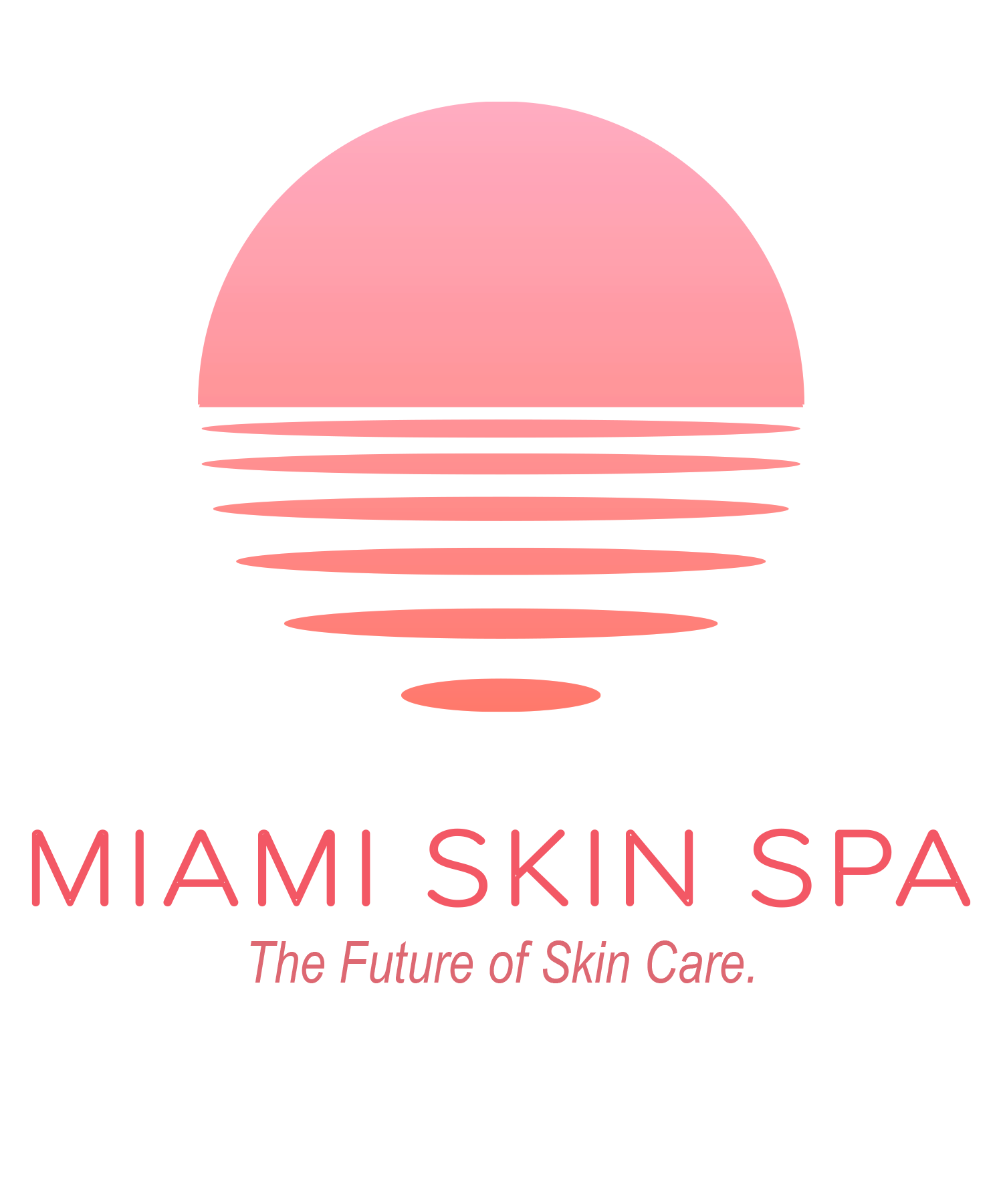Pain or knotting in your muscles
Patients often describe consistent pain or the sensation of a knot: and these are typical symptoms of a pulled muscle. A pulled muscle happens when there is an overstretch or tear in the muscle. This doesn't have to be devastating, in fact, when a muscle is sore it literally means that the fibers that make it up are damaged. The body naturally repairs these muscles and makes them even larger than before. This is essentially how working out makes you get bigger, more defined muscles. One of the best ways to prevent muscle injuries is to properly warm-up and make sure they are ready to be used.
Exercising while cold is a surefire way to injure yourself! An injury, however, occurs when the tear is slightly too big, or too many fibers are torn in a localized spot. When this happens it's pretty obvious, as it often feels like a shooting pain when it occurs. This injury can manifest itself as bruising, discoloration, stiffness, weakness, limited range of movement, extreme soreness, etc. Sometimes it even feels like a knot! There are different grades of muscle strains or pulls, ranging from slight to half, to full tears.
Luckily, muscles are meant to be damaged and these can almost always be healed back to full. Full tendon or ligament tears, however, almost always involve surgery to repair.
How to take care of muscular injuries
There's a very popular acronym when it comes to recovery for athletes, and it is called RICE.
Rest
After a muscle injury, it's very important to give that muscle time to rehabilitate and repair. This involves not using it as much, especially exercising it. Usually, this shouldn't take longer than a few days, as too much rest can weaken the muscle. While the muscle is damaged, the body will supply large amounts of blood and nutrients to it naturally. However, once this initial phase is over, the body will stop overcompensating and proceed back to normal. That's why it's important to keep active even with a bad injury! The blood and nutrients will stop the flow and cause the muscle to atrophy. Sometimes you will have to work through scar tissue which can be painful.
Ice
Immediately after an injury, it's a great idea to ice the area up. It's mother nature's gift to us to manage any swelling. It also feels great and numbs the area, making it significantly less painful. There is an overwhelming amount of literature on the optimal use of ice in the injurious setting, but as a general guide: Don't put ice directly on your skin-- wrap the ice in a towel or use an ice pack before you set it on the skin. Don't ice your injuries for too long, and definitely not for more than thirty minutes on the hour (trust me, I know it feels good!) Once a few days pass, you can alternate heating and cooling the muscles to promote blood flow!
Compression
Compression is pretty straightforward. It's relatively hard to wrong with compression unless the bandages are too tight and restrict circulation. When recovering from almost ANY muscular injury, remember blood flow is key!
Elevation
Elevation is also very simple! Elevate the injury, wherever it is, above your heart. For instance, in the case of a hamstring pull, a popular position is to lay with the back on the floor and elevate the leg on a char at a right angle. Elevation promotes the draining of the injury, which is a key component of blood flow. It also feels really nice.
What is the truSculpt flex and how does it help?
Enter the truSculpt flex! It's a device that induces contractions in a specific muscle using electricity. In physical therapy, this is usually referred to as E-Stim. or electrical stimulation. The truSculpt flex, however, uses cutting-edge technology to not only stimulate the muscle but to provide the highest safe amount of muscle stimulation safely possible.
In a single treatment, it can provide the equivalent of 54,000 contractions of a muscle, which would take months manually! However, pairing our truSculpt fleX treatment with your Miami gym sessions will obviously yield even better results.
How can the truSculpt Flex help with rehab?
When used in terms of rehabilitation, it can provide targeted stimulation to muscles that have atrophied significantly. For instance, imagine a full muscle tear- this usually involves surgery and months of rehab before the muscle is back to normal.
There is a period in time post-surgery where the muscle and wounds have to heal over before any rehabilitation is possible. Proceeding this, there is a period of extended weakness in the muscle group! Working the muscle out and using it is extremely difficult but must be done in order to supply blood and nutrients to the affected area. With the truSculpt flex, this process can be much less miserable.
Using state-of-the-art e-stim, it's literally possible to provide the muscle stimulus that would have otherwise taken months. This will cause extremely valuable blood full of nutrients to flow to the atrophied muscle, fast-tracking the time to recovery.
There are also other tangible benefits of truSculpt for muscle rehabilitation. In normal rehabilitation and use, there is a natural buildup of lactic acid which can be very painful for a recently injured muscle. There's also wear on the joints which are also most likely very stiff due to underuse.
Not to mention the actual risks involved in weight training, which can occur accidentally or due to bad form from weakened muscles. A lot of the technicalities involving muscle strengthening rehabilitation can be strictly avoided with the help of the TruSculpt Flex. TruSculpt for Surgical rehabilitation.
Electrical Stimulation is been a very popular tool for rehabilitation post-surgery. In many cases, it is shown to speed up muscle recovery. For instance, during surgeries such as knee replacements or ligament repairs, often a doctor will have to move a muscle out of the way.
In this case, the quadriceps would be forcibly stretched and repositioned, allowing the doctor to work without cutting through the muscle. This process, however, causes extreme loss of function in the overstretched muscles. It's not uncommon for the muscle to never fully recover! There’s an extremely large emphasis on post-surgery rehabilitation due to this.
But what exactly does Physical Therapy provide to a weakened muscle?
Post-surgery rehabilitation is usually a guided process where a patient does simple exercises in order to restore functionality to an injured muscle. Through these exercises, the injured muscles receive blood filled with much-needed nutrients which would not be supplied otherwise.
By accompanying Rehabilitation with electrical stimulation, the injured areas and muscles receive even more nutrients. It’s been documented that coupling e-stim with rehab can fast-track the road to recovery by almost 70%! This is especially true in the case of older adults who might struggle to perform large amounts of exercise.
The truSculpt fleX is the most advanced electrical stimulation device on the market, developed by Cutera with extreme precision and care in mind. By coupling truSculpt fleX with your physical therapy, we’re certain you will receive even more benefits than through just PT alone.
By having truSculpt fleX done before surgery and during rehab, often patients recover much more quickly and with less overall pain, considering the injury does not have to be as aggravated with traditional methods. Quicker results, less chance of aggravating the injury.




